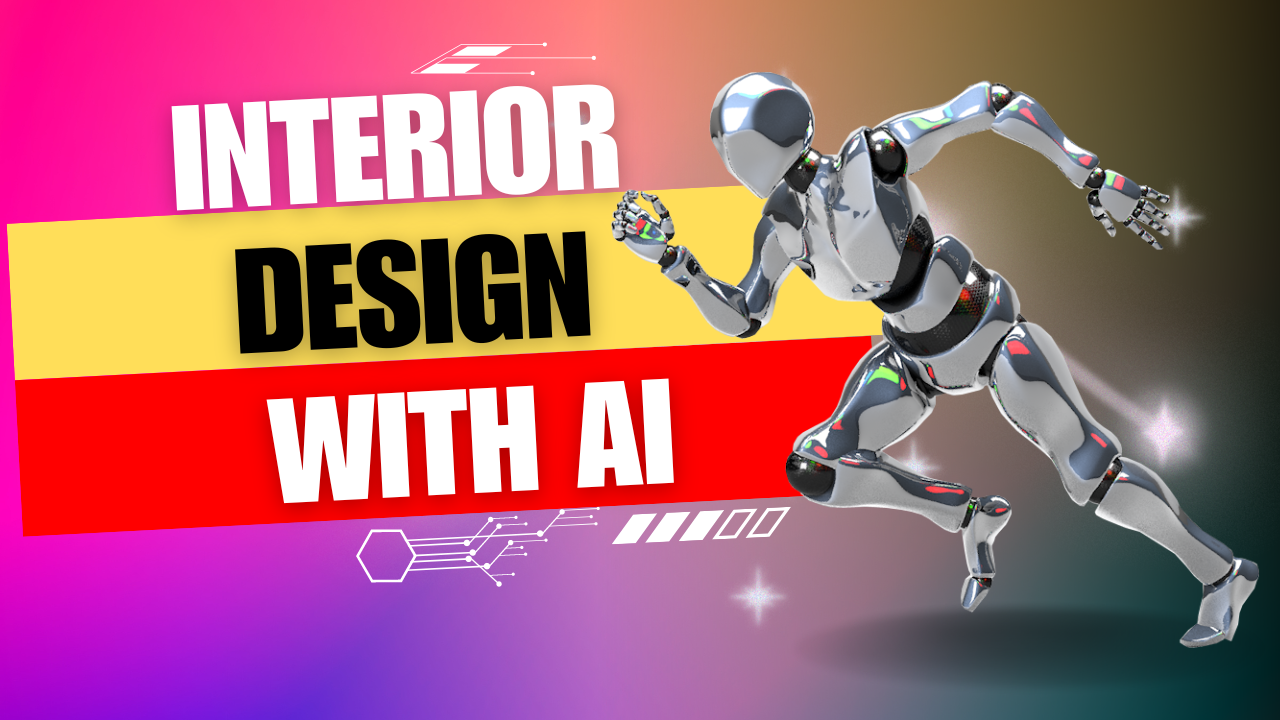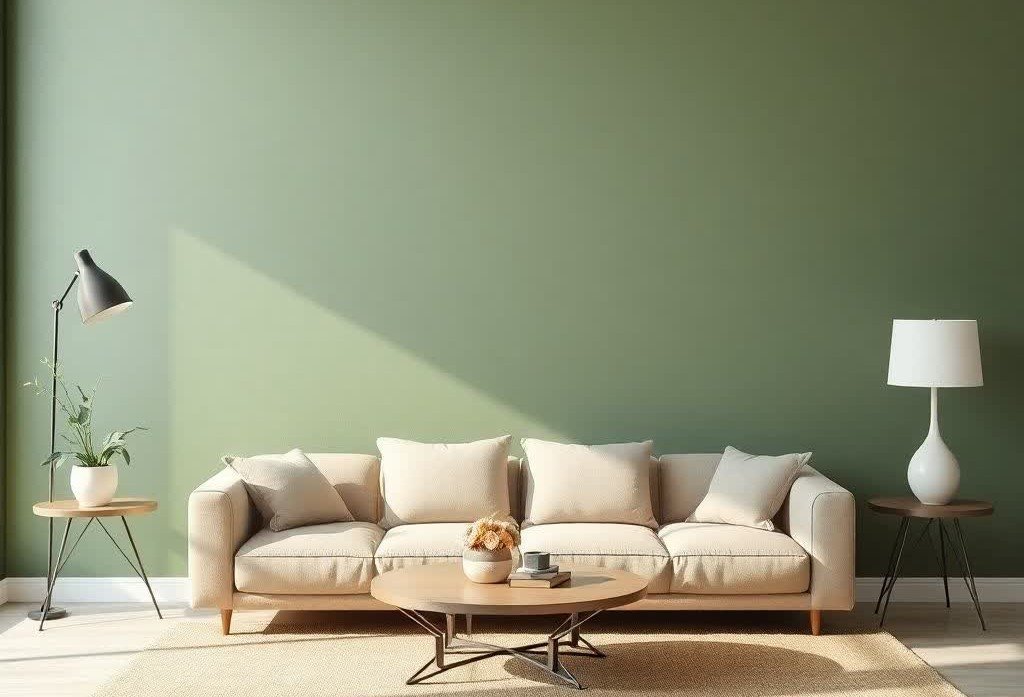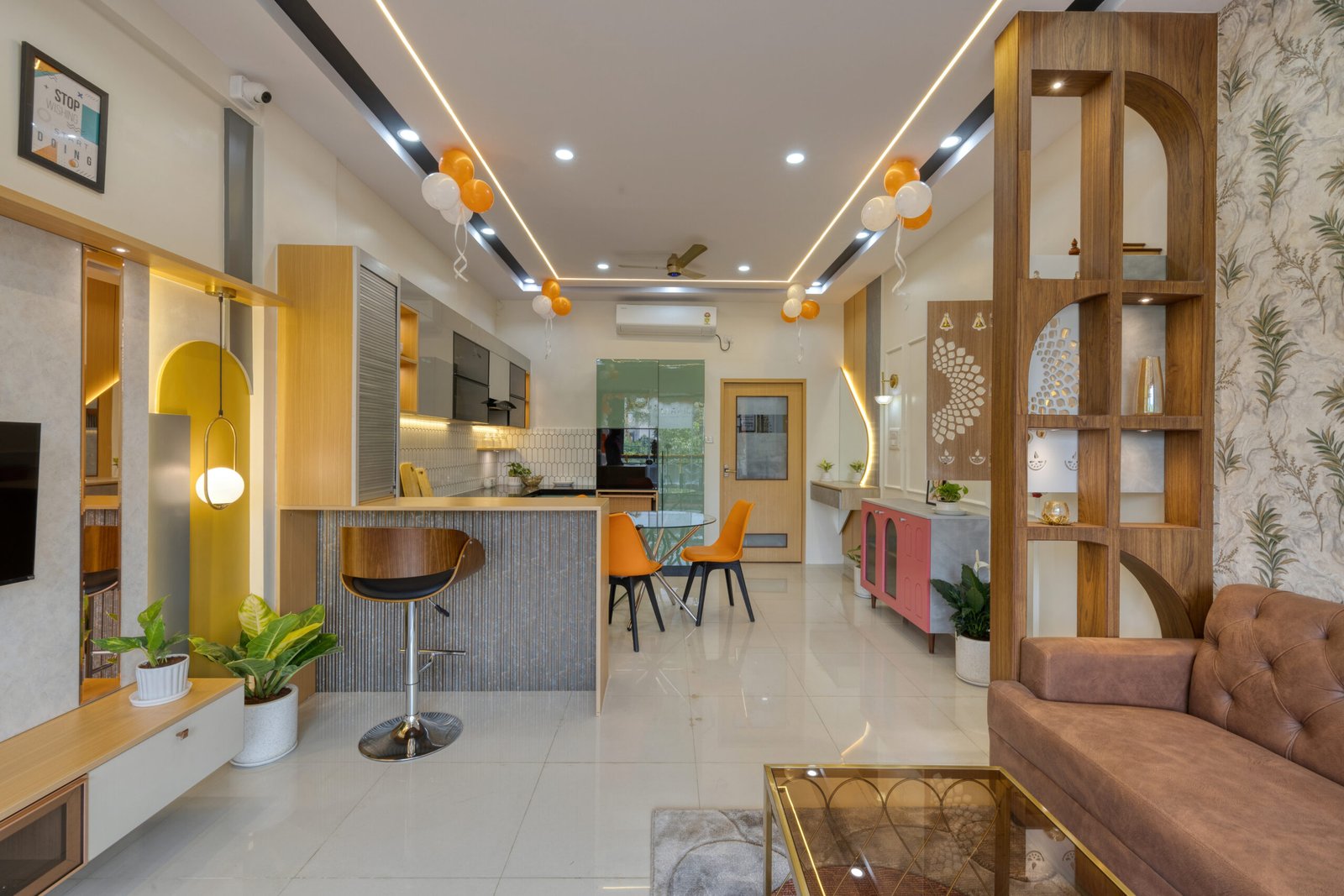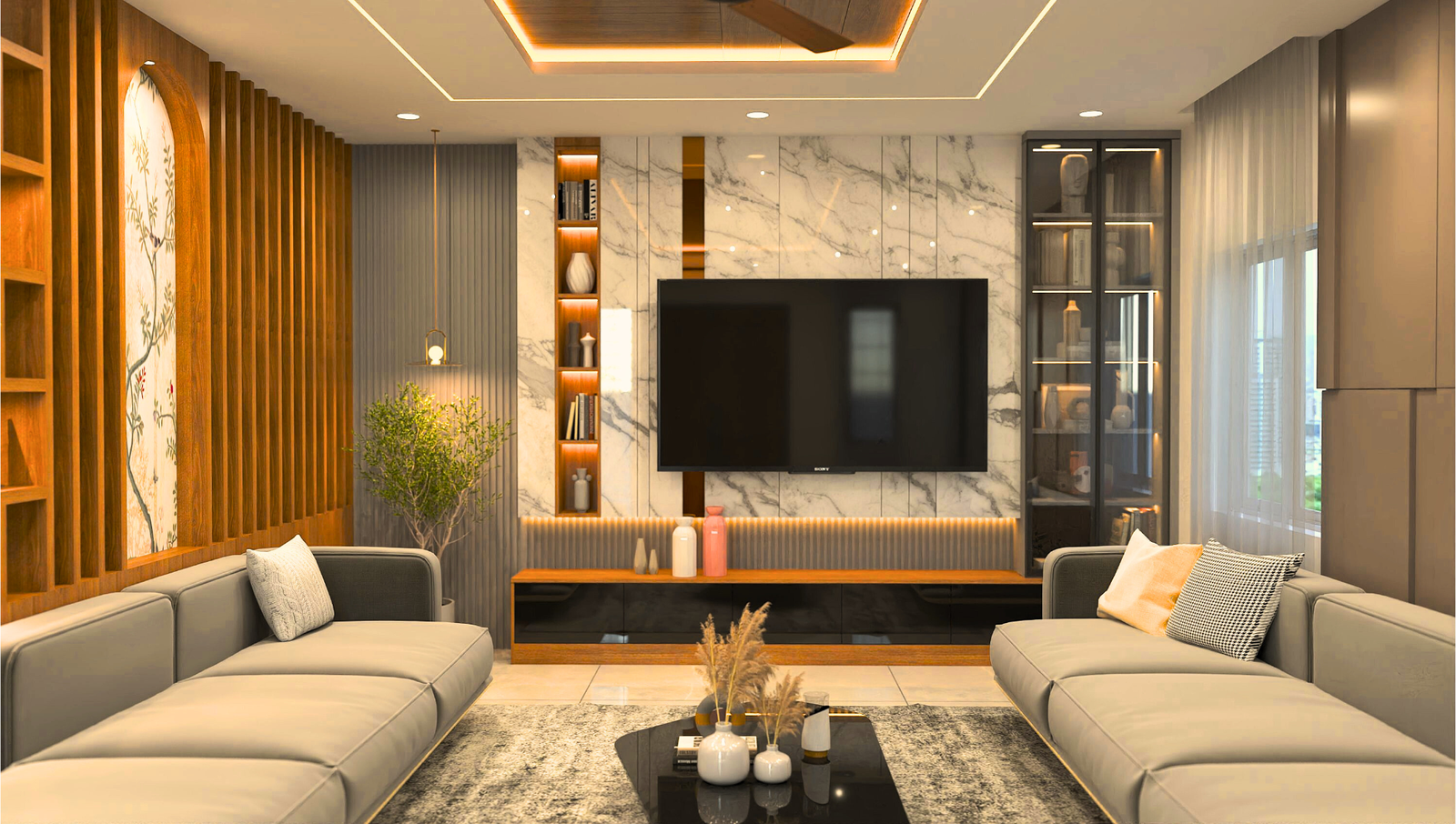Interior Design with AI!
- PUBLISHED BY : Staadil
- PUBLISHED ON : May 27 2024
- PUBLISHED IN : Interior design blogs

Introduction
Interior Design with AI! Artificial Intelligence (AI) is no longer a futuristic concept but a reality that’s permeating various industries, including interior design. From generating innovative ideas to optimizing space and enhancing personalization, AI is revolutionizing how we design our living spaces. In this blog post, we’ll delve into the various ways AI is impacting interior design, the benefits it brings, and what the future holds for this exciting intersection of technology and creativity. let’s see how interior design with AI will work.
The Role of AI
AI technologies such as machine learning, neural networks, and advanced algorithms are being integrated into interior design processes. These technologies enable designers to create more efficient, personalized, and aesthetically pleasing spaces. Here are some key areas where AI is making a significant impact:
1. Personalized Design Solutions
AI can analyze a user’s preferences, lifestyle, and even emotional responses to different design elements. By processing this data, AI systems can suggest design ideas that are highly personalized. This level of customization was previously unattainable with traditional design methods.
For instance, an AI tool can learn that a user prefers minimalist designs with natural light and open spaces. It can then generate several design options that align with these preferences, allowing the user to choose the one they like best. This process saves time and ensures the final design is tailored to the user’s unique tastes and needs.
2. Space Optimization
AI-powered tools can evaluate the dimensions and layout of a space to suggest optimal furniture arrangements and decor placements. This ensures that every inch of the space is utilized effectively, making small rooms feel more spacious and functional.
One popular AI application is room planning software that uses algorithms to optimize furniture placement. By analyzing the room’s layout and the dimensions of the furniture, these tools can create arrangements that maximize space and improve flow. This is particularly useful in urban environments where space is at a premium.
3. Virtual Reality and Augmented Reality
AI combined with VR and AR technologies allows designers and clients to visualize design concepts in a 3D environment. This immersive experience helps in making more informed decisions and reduces the likelihood of costly mistakes.
For example, a designer can use AR to show a client how a particular piece of furniture would look in their living room. The client can see the item in real-time through their smartphone or tablet, helping them decide if it fits their aesthetic and spatial requirements. This level of interactivity enhances the design process and increases client satisfaction.
4. Predictive Design
edictive DesignMachine learning algorithms can predict upcoming design trends by analyzing vast amounts of data from social media, fashion, and other cultural sources. This foresight helps designers stay ahead of trends and offer clients contemporary and stylish solutions.
By continuously learning from new data, AI can identify emerging patterns and preferences in interior design. For instance, it might notice a growing trend towards sustainable materials or biophilic design. Designers can leverage this information to incorporate the latest trends into their projects, ensuring their work remains relevant and appealing.
Benefits of Using AI in Interior Design
The integration of AI into interior design brings numerous advantages:
Enhanced Creativity
AI can generate design concepts that may not occur to human designers. By suggesting out-of-the-box ideas, AI pushes the boundaries of creativity.
For example, an AI system might propose combining colors and textures that a human designer wouldn’t typically consider. This can lead to unique and innovative designs that stand out in the market.
Time and Cost Efficiency
AI tools streamline the design process by automating repetitive tasks such as creating floor plans or color matching. This efficiency saves time and reduces costs for both designers and clients.
A task that might take a human designer several hours, like drafting a detailed floor plan, can be completed by an AI tool in a matter of minutes. This frees up designers to focus on more complex and creative aspects of the project.
Improved Accuracy
AI eliminates human error in measurements and calculations, ensuring more precise and accurate design plans. This leads to better implementation and higher satisfaction levels.
For instance, AI tools can take precise measurements of a room using images or laser scanning, ensuring that all dimensions are accurate. This precision reduces the risk of errors during the construction or decoration phase, leading to smoother project execution.
Future Trends in AI and Interior Design
The future of interior design with AI looks promising with several exciting trends on the horizon:
Smart Homes
AI will continue to integrate with IoT (Internet of Things) to create smarter homes. From lighting to climate control, AI will manage various home systems to enhance comfort and energy efficiency.
Imagine a home where AI adjusts the lighting based on the time of day or the weather, ensuring optimal comfort and energy savings. Or a climate control system that learns your preferences and adjusts the temperature accordingly. These innovations will make homes more responsive and adaptable to the needs of their occupants.
Sustainable Design
AI will play a crucial role in promoting sustainability by suggesting eco-friendly materials and energy-efficient designs. This focus on green design will become more prevalent as environmental concerns grow.
For example, AI can recommend materials that have a lower environmental impact, such as recycled or locally sourced materials. It can also optimize designs to reduce energy consumption, helping to create homes that are both beautiful and environmentally responsible.
AI-Driven Design Platforms
More advanced AI-driven platforms will emerge, offering comprehensive design solutions from concept to implementation. These platforms will cater to both professional designers and DIY enthusiasts.
These platforms will offer a range of tools and resources, from automated design generation to project management and collaboration tools. This will make interior design more accessible to a wider audience and allow for more efficient and effective project execution.
Conclusion
AI is undoubtedly transforming the interior design industry, making it more efficient, personalized, and innovative. As technology continues to evolve, the collaboration between human creativity and AI’s analytical prowess will lead to unprecedented advancements in how we design and experience our living spaces. Embracing AI in interior design not only enhances the aesthetic appeal of homes but also ensures functionality and sustainability.
Frequently Asked Questions

AI personalizes interior design by analyzing user preferences, lifestyle, and emotional responses to suggest design elements that align with the user's tastes and needs.
Yes, AI can recommend eco-friendly materials and energy-efficient design solutions, promoting sustainability in interior design.
VR and AR technologies, combined with AI, allow users to visualize design concepts in a 3D environment, facilitating better decision-making and reducing errors.
AI improves the accuracy of interior design projects by eliminating human error in measurements and calculations. AI tools can take precise measurements using images or laser scanning, ensuring all dimensions are accurate. This precision reduces the risk of errors during the construction or decoration phase, leading to smoother project execution and higher satisfaction levels. vulputate odio augue sit pretium dapibus.
Using AI in interior design can significantly reduce costs by streamlining processes and automating repetitive tasks. For example, AI tools can quickly generate floor plans, color schemes, and furniture layouts, saving time and reducing the need for extensive manual labor. This efficiency translates into cost savings for both designers and clients, making high-quality design more accessible.








